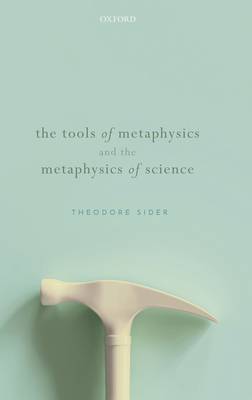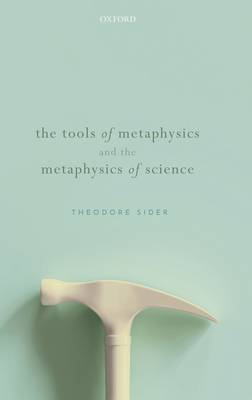
- Afhalen na 1 uur in een winkel met voorraad
- Gratis thuislevering in België vanaf € 30
- Ruim aanbod met 7 miljoen producten
- Afhalen na 1 uur in een winkel met voorraad
- Gratis thuislevering in België vanaf € 30
- Ruim aanbod met 7 miljoen producten
Zoeken
€ 120,95
+ 241 punten
Omschrijving
Metaphysics is sensitive to the conceptual tools we choose to articulate metaphysical problems. Those tools are a lens through which we view metaphysical problems, and the same problems will look different when we change the lens. In this book, Theodore Sider identifies how the shift from modal to "postmodal" conceptual tools in recent years has affected the metaphysics of science and mathematics. He highlights, for instance, how the increased consideration of concepts of ground, essence, and fundamentality has transformed the debate over structuralism in many ways. Sider then examines three structuralist positions through a postmodal lens. First, nomic essentialism, which says that scientific properties are secondary and lawlike relationships among them are primary. Second, structuralism about individuals, a general position of which mathematical structuralism and structural realism are instances, which says that scientific and mathematical objects are secondary and the pattern of relations among them is primary. And third, comparativism about quantities, which says that particular values of scientific quantities, such as having exactly 1000g mass, are secondary, and quantitative relations, such as being-twice-as-massive-as, are primary. Sider concludes these discussions by considering the meta-question of when theories are equivalent and how that impacts the debate over structuralism.
Specificaties
Betrokkenen
- Auteur(s):
- Uitgeverij:
Inhoud
- Aantal bladzijden:
- 256
- Taal:
- Engels
Eigenschappen
- Productcode (EAN):
- 9780198811565
- Verschijningsdatum:
- 20/03/2020
- Uitvoering:
- Hardcover
- Formaat:
- Genaaid
- Afmetingen:
- 155 mm x 236 mm
- Gewicht:
- 544 g

Alleen bij Standaard Boekhandel
+ 241 punten op je klantenkaart van Standaard Boekhandel
Beoordelingen
We publiceren alleen reviews die voldoen aan de voorwaarden voor reviews. Bekijk onze voorwaarden voor reviews.











